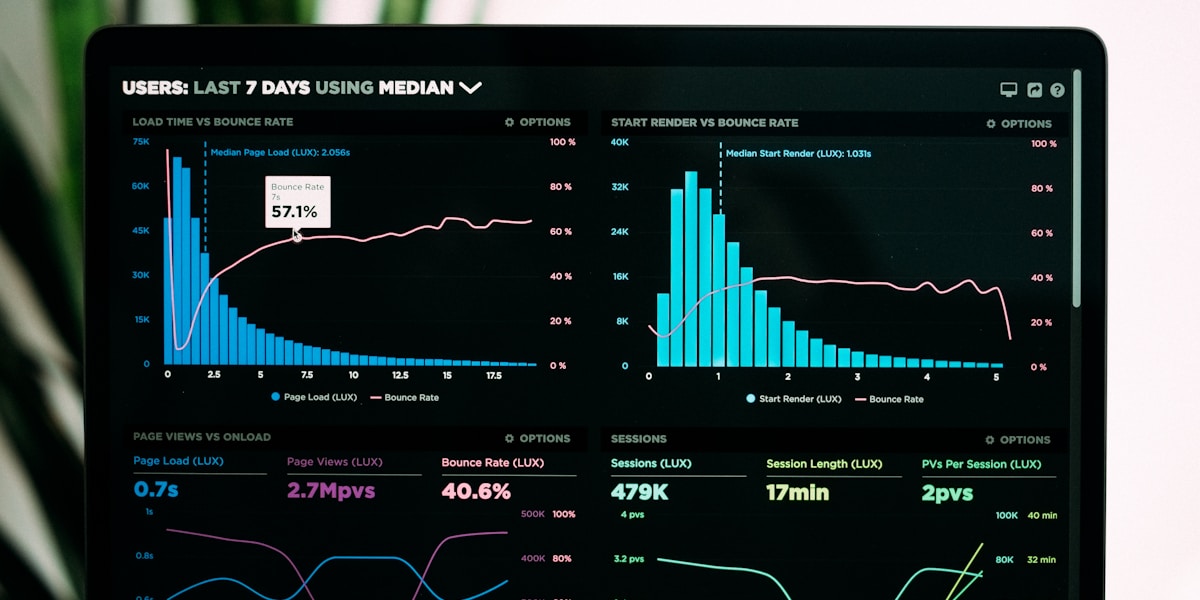How to Build a SaaS Product from Scratch

Building a Software as a Service (SaaS) product from scratch can be a daunting task, but with the right approach and tools, it can also be an incredibly rewarding journey. In this comprehensive guide, we'll walk through the entire process of creating a successful SaaS product, from initial idea to launch and beyond.
What You'll Learn
- 1Idea validation strategies
- 2Planning your SaaS product
- 3Building your MVP
- 4Launch preparation
- 5Growth strategies
- 6Scaling your business
1. Idea Validation: Finding Your SaaS Sweet Spot
Before writing a single line of code, it's crucial to validate your SaaS idea. This means confirming that there's a real market need for your solution and that people are willing to pay for it.
Start with a Problem, Not a Solution
The most successful SaaS products solve specific, painful problems for their target users. Instead of starting with a cool technology or feature, begin by identifying a genuine problem that a specific group of people or businesses face regularly.
Ask yourself:
- What specific pain point am I addressing?
- Who exactly experiences this problem?
- How are they currently solving this problem?
- Why are existing solutions inadequate?
Market Research and Competitor Analysis
Once you've identified a problem, research the market thoroughly. Look for existing solutions, analyze competitors, and identify gaps in the market that your product could fill.
Tools for market research:
- Google Trends
Assess interest over time and identify trending topics
- SEMrush or Ahrefs
Conduct keyword research and analyze competitor traffic
- Product Hunt and G2
Find competitors and analyze user reviews
- Reddit, Quora, and industry forums
Understand pain points and gather qualitative feedback
Validate with Potential Customers
Before investing significant resources, validate your idea with potential customers. This can be done through:
Customer Interviews
Aim for at least 20 interviews with potential users to gather qualitative feedback.
Surveys
Create targeted surveys to collect quantitative data about user preferences.
Landing Page Tests
Build a simple landing page to gauge interest and collect email signups.
Prototype Testing
Create a basic prototype to test core functionality with potential users.
The goal is to confirm that your target audience recognizes the problem you're solving and is willing to pay for your solution.
2. Planning Your SaaS Product
With a validated idea, it's time to plan your SaaS product in detail.
Define Your Minimum Viable Product (MVP)
Your MVP should include only the core features needed to solve the primary problem for your users. Resist the temptation to add "nice-to-have" features at this stage.
To define your MVP:
- List all potential features
- Prioritize them based on user needs and development complexity
- Select only the essential features for your first version
Choose Your Tech Stack
Selecting the right technologies for your SaaS product is crucial. Consider factors like:
Scalability requirements
How much will your user base grow?
Development speed
How quickly do you need to launch?
Your team's expertise
What technologies are you familiar with?
Long-term maintenance
How easy will it be to maintain?
For modern SaaS applications, a stack like Next.js (React), Node.js, and a cloud database like Supabase or Firebase can provide a solid foundation. For payment processing, Stripe is often the go-to choice.
Plan Your Architecture
Design your system architecture with scalability and security in mind. Consider:
- Multi-tenancy approach
How will you separate data between customers?
- Authentication and authorization
How will users log in and what can they access?
- Database design
How will you structure your data?
- API structure
How will frontend and backend communicate?
- Deployment strategy
How will you deploy and update your application?
3. Building Your SaaS Product
With planning complete, it's time to start building your SaaS product.
Set Up Your Development Environment
Establish a solid development workflow with:
- Version control (Git)
- CI/CD pipelines
- Development, staging, and production environments
- Code quality tools
Implement Core Features
Focus on building the core features of your MVP first:
- User authentication and account management
- Core problem-solving functionality
- Basic dashboard or UI
- Subscription and payment processing
Security and Compliance
Security should be a priority from day one. Implement:
Secure authentication practices
Data encryption
Input validation
Regular security audits
Compliance with relevant regulations (GDPR, CCPA, etc.)
4. Preparing for Launch
As you approach completion of your MVP, prepare for your launch.
1Set Up Your Marketing Website
Create a compelling marketing website that clearly communicates:
The problem your product solves
Your unique value proposition
Key features and benefits
Pricing plans
FAQs and support information
2Implement Analytics and Monitoring
Set up tools to track user behavior and system performance:
User analytics (Google Analytics, Mixpanel, etc.)
Error tracking (Sentry, Rollbar)
Performance monitoring
Conversion tracking
3Create Documentation and Support Resources
Prepare resources to help users get started:
User guides and tutorials
Knowledge base articles
Onboarding emails
Support channels (chat, email, etc.)
5. Launch and Growth
With everything in place, it's time to launch your SaaS product and focus on growth.
Launch Strategies
Consider different launch approaches:
- Soft launch to a limited audience
- Beta program with early adopters
- Product Hunt or similar platform launch
- PR and media outreach
Acquisition Channels
Experiment with various customer acquisition channels:
- Content marketing and SEO
- Social media marketing
- Paid advertising
- Referral programs
- Partnerships and integrations
Iterate Based on Feedback
After launch, gather user feedback and iterate on your product:
Conduct user interviews
Analyze usage data
Prioritize feature requests
Fix bugs and improve performance
6. Scaling Your SaaS Business
As your user base grows, focus on scaling both your product and your business.
Technical Scaling
Ensure your infrastructure can handle increased load:
- Optimize database performance
- Implement caching strategies
- Consider microservices architecture
- Set up auto-scaling
Team Scaling
Build your team to support growth:
- Hire developers for new features
- Add customer support staff
- Bring on marketing and sales expertise
- Establish clear processes and documentation
Business Model Optimization
Refine your business model for sustainable growth:
- Analyze and optimize pricing
- Reduce customer acquisition costs
- Improve retention and reduce churn
- Explore upsell and cross-sell opportunities
Conclusion: The SaaS Journey
Building a SaaS product from scratch is a challenging but rewarding journey. By following a methodical approach—from idea validation to launch and scaling—you can create a product that solves real problems and builds a sustainable business.
Remember that successful SaaS businesses are built on continuous improvement. Listen to your customers, adapt to market changes, and keep refining your product to provide more value over time.
With the right foundation, tools, and mindset, your SaaS product has the potential to grow into a thriving business that serves customers for years to come.
Related Articles

Why Next.js is Perfect for SaaS Applications
Explore the benefits of using Next.js for your SaaS product and how it can accelerate your development process.

SaaS Pricing Strategies That Actually Work
Learn about different pricing models for SaaS products and how to choose the right one for your business.
Subscribe to Our Newsletter
Get the latest SaaS development tips, tutorials, and resources delivered straight to your inbox.
We respect your privacy. Unsubscribe at any time.